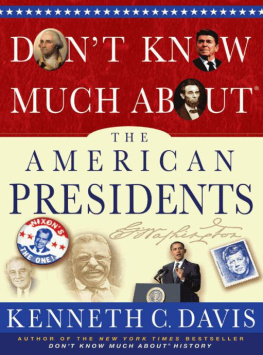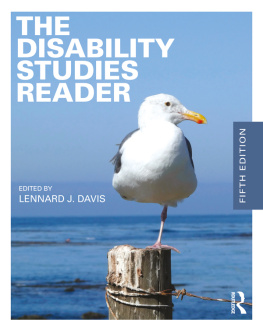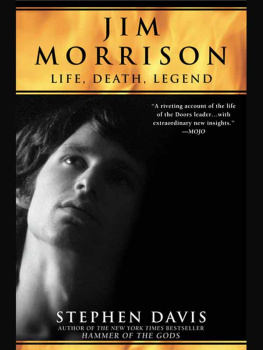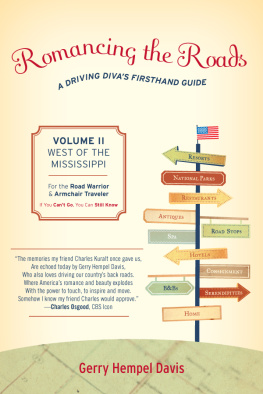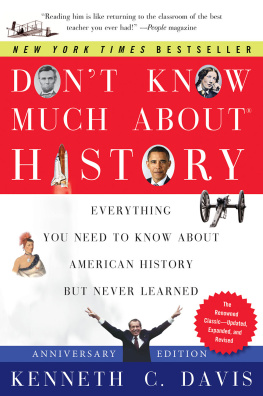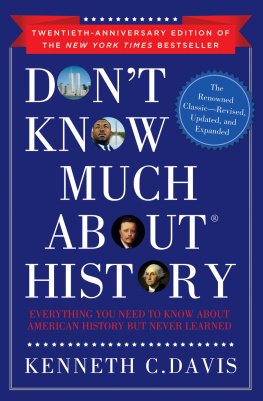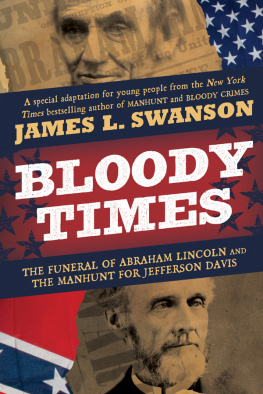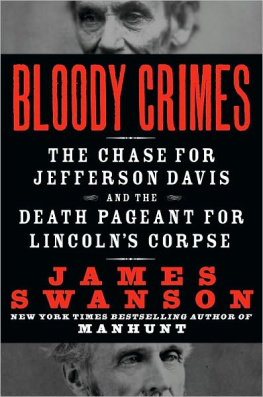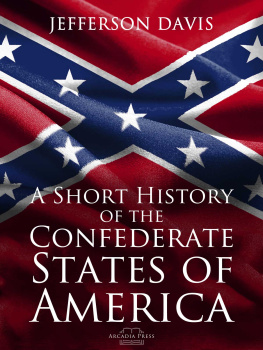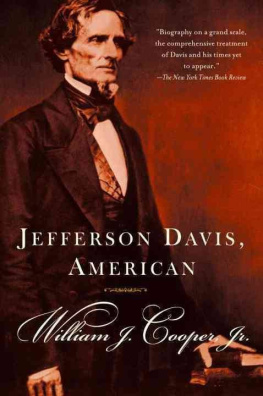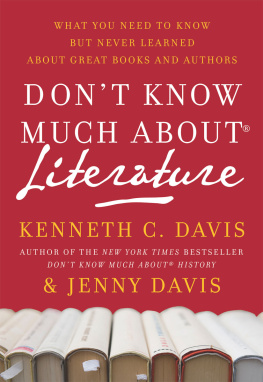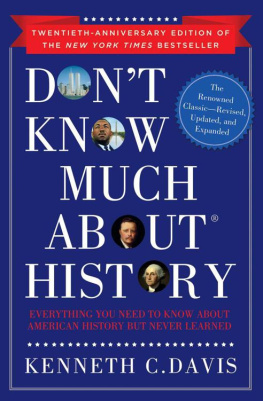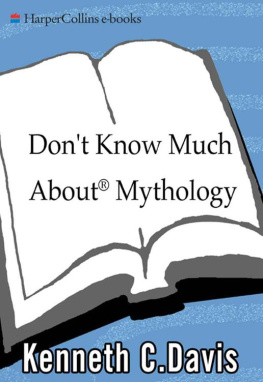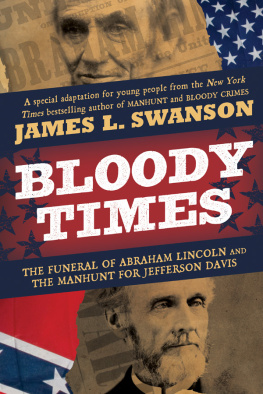Davis - Dont know much about the American presidents : everything you need to know about the most powerful office on Earth and the men who have occupied it
Here you can read online Davis - Dont know much about the American presidents : everything you need to know about the most powerful office on Earth and the men who have occupied it full text of the book (entire story) in english for free. Download pdf and epub, get meaning, cover and reviews about this ebook. City: New York, Array, year: 2014, publisher: Hyperion, genre: Politics. Description of the work, (preface) as well as reviews are available. Best literature library LitArk.com created for fans of good reading and offers a wide selection of genres:
Romance novel
Science fiction
Adventure
Detective
Science
History
Home and family
Prose
Art
Politics
Computer
Non-fiction
Religion
Business
Children
Humor
Choose a favorite category and find really read worthwhile books. Enjoy immersion in the world of imagination, feel the emotions of the characters or learn something new for yourself, make an fascinating discovery.
Dont know much about the American presidents : everything you need to know about the most powerful office on Earth and the men who have occupied it: summary, description and annotation
We offer to read an annotation, description, summary or preface (depends on what the author of the book "Dont know much about the American presidents : everything you need to know about the most powerful office on Earth and the men who have occupied it" wrote himself). If you haven't found the necessary information about the book — write in the comments, we will try to find it.
- How did a president help save college football from early extinction?
- Who said, When the president does it that means its not illegal?
- If the framers of the Constitution didnt mention an electoral college, how come it picks the president?
- Who was the Negro President?
You have questions. Kenneth C. Davis has answers.
For more than twenty years since his New York Times bestseller Dont Know Much About History: Everything You Need to Know About American History but Never Learned first appeared, Davis has shown that Americans dont hate history, just the dull version dished out in school. An instant classic, his first work of American history has sold more than 1.6 million copies.
Now Davis turns his attention to what is arguably the most important and most fascinating subject in American history: our presidents. From the heated debates over executive powers when those framers improvised the office in the steamy summer of 1787 though the curious election of George Washington in 1789 and, for more than 200 years, up through the meteoric rise of Barack Obama, the first African-American commander in chief, the presidency has been at the heart of American history.
From the low lights to the bright lights, from the intellectuals to the disasters, from the memorable to the forgettable and forgotten, Davis tells all the stories. He uses his entertaining question-and-answer style to chart the history of the presidency itself as well as debunk the myths of Americas leaders and tell the real stories of these very real people. Heres the young Lincoln building his mothers coffin and dragging a tragic burden through the snow to the burial; Theodore Roosevelt, Americas youngest president, shockingly pushed into the presidency--with greatness thrust upon him; FDR, the only man elected four times, concealing his crippling disability from the American public as he led the nation through depression and world war; and Lyndon Johnson, reelected in a landslide, then crushed by the weight of the Vietnam War.
For history buffs and history-phobes alike, this entertaining book is packed with memorable facts that will change your understanding of the highest office in the land and the men who have occupied it.
Davis: author's other books
Who wrote Dont know much about the American presidents : everything you need to know about the most powerful office on Earth and the men who have occupied it? Find out the surname, the name of the author of the book and a list of all author's works by series.

